A Homecoming for Air India
Under the dynamic and competent leadership of JRD Tata, Air India had attained the reputation of being one of the most prestigious airlines in the world

After several years of effort, in early October this year, the Government of India finally managed to sell the cash-strapped national carrier Air India to the Tata Group, reportedly for a paltry sum of 18,000 crore. With this major decision by the Government which appears to be a popular one, life for Air India has now completed a full circle as it has finally returned to where it was born.
RATAN TATA’S REPLY TO SP’S ON AIR INDIA DEAL WIN
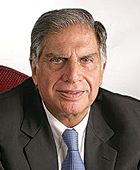
Dear Mr Baranwal,
Thank you for your note of congratulations on the Tata group winning the bid for Air India.
I greatly appreciate the sentiments you have expressed.
With warm personal regards,
Ratan N. Tata
Air India — Tracing the History
1932
- October 1932: Jehangir Ratanji Dadabhoy (JRD) Tata founded the airline and named it Tata Airlines.
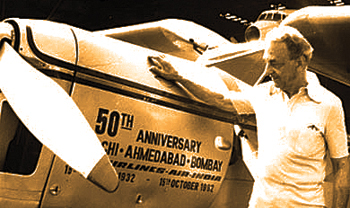
1946
- July 29, 1946: Tata Airlines became a public limited company under the name Air India.
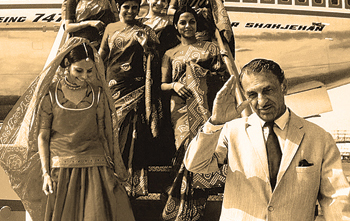
1953
- March 1953: Air India nationalised and for the next over four decades it controlled the majority of the domestic airspace.
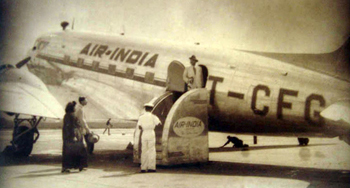
1978
- February 1, 1978: JRD Tata removed from the boards of Air India and Indian Airlines.
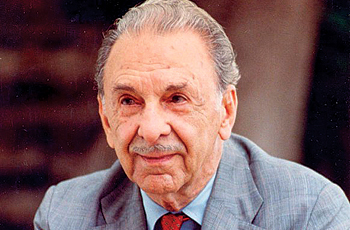
1989
- 1989: Ratan Tata steps down as Air India Chairman.
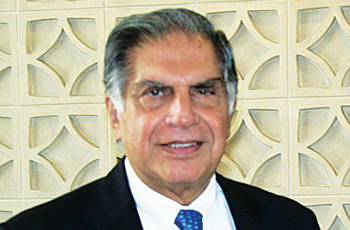
2007-08
- 2007-08: Air India merged with Indian Airlines. Air India started suffering losses every year since its merger.
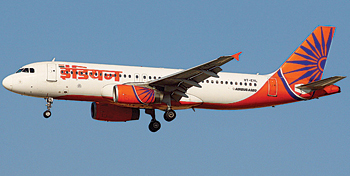
2017
- June 2017: Cabinet Committee gave inprinciple approval to the consideration for strategic disinvestment of Air India.
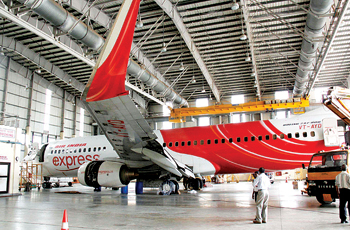
2020
- January 2020: Government floats EoI for Air India privatisation. Government to fully exit Air India by selling 100 per cent.
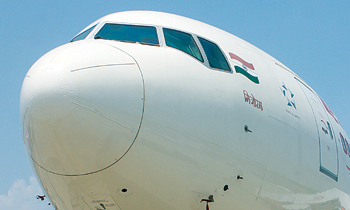
2021
- April 2021: Government starts inviting financial bids for Air India. September 15 last date to put in bids.
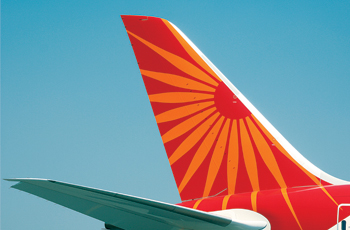
2021
- October 2021: Government announces Tata group makes winning bid of 18,000 crore for Air India.
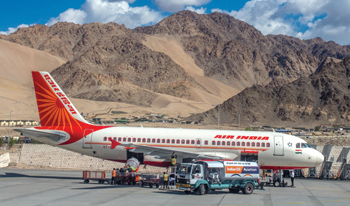
A VENTURE BY THE TATA GROUP
Air India was originally the creation of the Tata Group headed by JRD Tata in the year 1932 as the first airline in India in the private sector. JRD Tata himself was a pilot and was an iconic pioneer in the domain of civil aviation. In February 1929, JRD Tata became the first Indian to get a commercial pilot licence. Three years later in October 1932, he was credited with flying the first single-engine de Haviland Puss Moth carrying air mail from the airfield at Drigh Road in Karachi to the Juhu aerodrome in Bombay, now Mumbai. This inaugural flight then continued to Madras, now known as Chennai.
The venture by JRD Tata to set up an airline in the private sector was known initially as Tata Air Services and later was renamed later as Tata Airlines. On October 15, 1932, the first domestic flight by the newly set up airline piloted by JRD Tata with passengers on board, was from Bombay to Trivandrum using a six-seat Miles Merlin aircraft. During the Second World War, the airline helped the Royal Air Force with airlifting of troops, transporting of supplies, evacuation of refugees and maintenance of their aircraft. In 1946, soon after the Second World War, Tata Airlines became a joint stock public limited company and was rechristened as Air India. Under the dynamic and competent leadership of JRD Tata, Air India had attained the reputation of being one of the most prestigious airlines in the world. Later on, Air India also has the distinction of being the first airline in the world to have an all-jet fleet.
NATIONALISATION OF AIR INDIA
In the early 1950s, the Government of India headed by Prime Minister Jawaharlal Nehru was of the view that there was no place for private airlines in the Indian skies. Thus in March 1953, the Indian Parliament passed the Air Corporations Act after which the airline industry in India in the private sector was nationalised. Consequently, eight private carriers that were operating in the domestic segment at that time which apart from Air India, included Deccan Airways, Airways India, Bharat Airways, Himalayan Aviation, Kalinga Airlines, Indian National Airways and Air Services of India were merged into two government-owned entities namely Indian Airlines that focussed on domestic routes and Air India International that was responsible for operating flights in the international segment.
It was thus that the Government took over control of the private carrier through purchase of majority stake, a process that was part of the scheme of nationalisation of the private carrier and the airline was renamed as Air India International Limited. Even after nationalisation of the airline in 1953, the Government appointed JRD Tata as the Chairman of the national carrier. JRD Tata held this appointment for around two and a half decades till he was removed by the government in power after the emergency. In retrospect, nationalisation of the private carrier and its takeover by the Government was seen as a huge blunder as the excellent operating culture that had been built up over the years by the Tata Group soon faded away and was replaced by an inefficient and bureaucratic culture that is associated with establishments in the public sector. Air India suffered from ills that would normally be associated with public sector undertakings in India such as poor standards of service, low aircraft utilisation, dismal on-time performance, antiquated productivity norms and lack of revenue generation skills. All these resulted in the nationalised carrier suffering heavy financial losses. Even after Air India was merged with the domestic carrier Indian Airlines in 2007, it continued to suffer heavy losses. Prior to sale of the airline to the Tata Group, its losses had risen to the tune of 20 crore per day. The national carrier thus was totally dependent on funding by the taxpayer to remain operational and in fact for its very survival.
PRIVATISATION OF AIR INDIA
Ever since the liberalisation in the Indian civil aviation industry introduced in the early 1990s by the Government headed by P.V. Narasimha Rao, there was a buzz in the air about the possible privatisation of the national carrier Air India which was tending to become the proverbial ‘white elephant’. Return of Air India to the Tata Group is undoubtedly a matter of pride and happiness for the company as it was the Tata Group that had pioneered the establishment and growth of the national carrier and continued to have very strong sentimental links. Apart from viewing this step by the NDA Government that is being perceived as undoing of a wrong that had been done to the Tata Group nearly seven decades ago, it will provide an opportunity to the Tata Group to re-establish their position and reputation in the civil aviation industry in India that it had enjoyed decades ago. However, it is not going to be an easy task for the Tata Group as restructuring and reorienting of the national carrier from being an entity steeped in the culture of a public sector undertaking for nearly seven decades to one in the private sector where it originally belonged. Apart from a well crafted master plan to ensure that the national carrier transits smoothly and quickly from the public sector culture to that of the private sector, the exercise will entail heavy financial investment as well as sustained effort by the management.
A FORMIDABLE TASK AHEAD FOR THE TATA GROUP
While the task before the Tata Group to restructure the national carrier will undoubtedly be challenging, there are a number of features that the erstwhile public sector undertaking has to offer to help make the transition easier, at least to some extent. Air India already has a well established and elaborate infrastructure, both technical and non technical, as well as a vast pool of human resources. Over the years, the national carrier has acquired landing slots at practically all the major airports across the globe. Also, the national carrier has obtained rights to fly on some very important routes as well.
Besides Air India, The Tata Group would get 100 per cent of the low-cost subsidiary Air India Express. Also, the Tata group will get control of 4,400 domestic and 1,800 international landing and parking slots at domestic airports, as well as 900 slots at airports overseas
Restructuring Air India to make it an efficient and profitable airline should not be difficult for the Tata Group as the organisation is well versed and current with the nuances of the airline industry. The Tata Group holds 51 per cent stake in Vistara, a joint venture with Singapore Airlines launched in 2015 that operates both domestic as well as international flights and is reputed to be a very professionally managed organisation. The Tata Group also has 84 per cent stake in Air Asia, a Malaysian no-frills carrier launched and operated by Malaysian entrepreneur Tony Fernandes. Air India will be the third airline to come under the Tata Group and will bring with it a fleet of 117 wide-body and narrow-body aircraft enhancing the existing assets considerably. Besides, Tatas would get 100 per cent of the low-cost subsidiary Air India Express that will add another 24 narrow-body aircraft to the fleet with the national carrier. Also, the Tata group will get control of 4,400 domestic and 1,800 international landing and parking slots at domestic airports, as well as 900 slots at airports overseas such as Heathrow in London. Besides, the Tata Group will get control over 50 per cent of AISATS which is a 50:50 joint venture between Air India and SATS Limited which provides cargo and ground handling services at major airports in Asia.
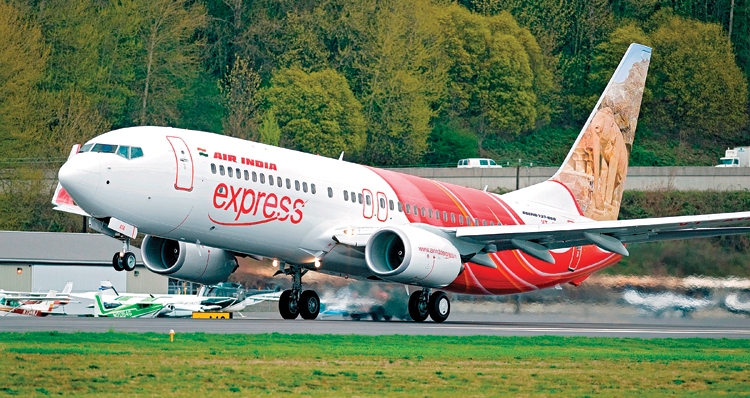
In one of its report in the beginning of this year, aviation consultancy firm, Centre for Asia Pacific Aviation (CAPA) India had highlighted some trends that the Indian aviation industry was likely to witness. One of the important points put forth by CAPA India was that the Indian airlines industry is heading towards consolidation and it could result in a 2-3 airline system in the near to medium term. The Tata group indeed presents a probable proof for this prediction to see the light of the day.
With Air India returning to the Tata Group, the Tatas have a strong chance to become the second largest player in the Indian domestic aviation market. Tatas are also likely to exploit the opportunity to gain monopoly on international routes. Ever since the Jet Airways ceased operations, the space for an Indian carrier remains significantly absent in the international routes. However, Jet is also gearing up to return next year. It will be interesting to see how the new dynamics take off.
The Tata Group will do everything that is required to make this transition a win-win exercise not only for itself and for Air India; but for the nation as well
In a report last year, the Directorate General of Civil Aviation (DGCA) had also stated that if the Tatas bag Air India and eventually consolidate their aviation interests, their likely domestic market share would be about 23 per cent, making it a formidable number two in the Indian aviation market.
The consolidation can also take place with all the three lines being merged under one brand, all of which though depends on number of factors including the COVID-19 situation, routes available, the balance sheets, agreement with the Singapore Airlines, the government, etc. If the consolidation takes place, the Indian aviation can transform from a six player industry to a four-player one comprising the Tatas, IndiGo, SpiceJet and GoAir. “A strategic consolidation among Indian airlines is inevitable and could result in the total number of airlines coming down from six,” CAPA India had stated.
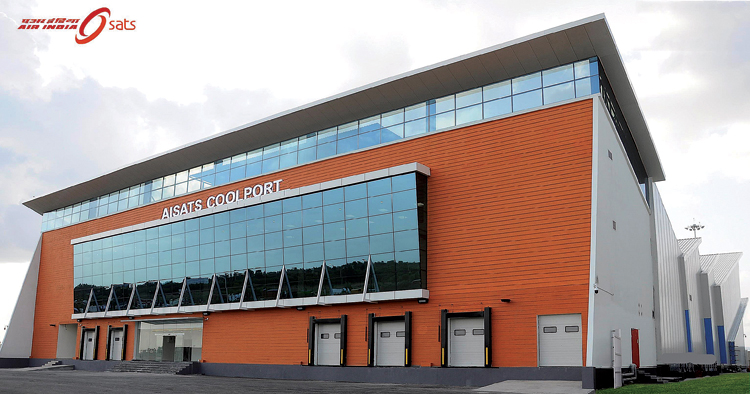
While the Tatas will gain a strong position in the sector through the acquisition of Air India, it will be quite a challenge for them to navigate the three especially when Vistara and AirAsia India have together lost around $845 million through March this year, according to the Centre for Asia Pacific Aviation (CAPA), with COVID-19 exacerbating the challenges facing the airline industry.
THE FINAL WORD
Transition of the national carrier from the public to the private sector, will undoubtedly be an infinitely complex exercise and a very challenging task. However, the Tata Group has the capability, experience and the skill required to handle this task and complete the process of transition with the required level of efficiency and in a respectable time frame. The Tata Group will do everything that is required to make this transition a win-win exercise not only for itself and for Air India; but for the nation as well.





